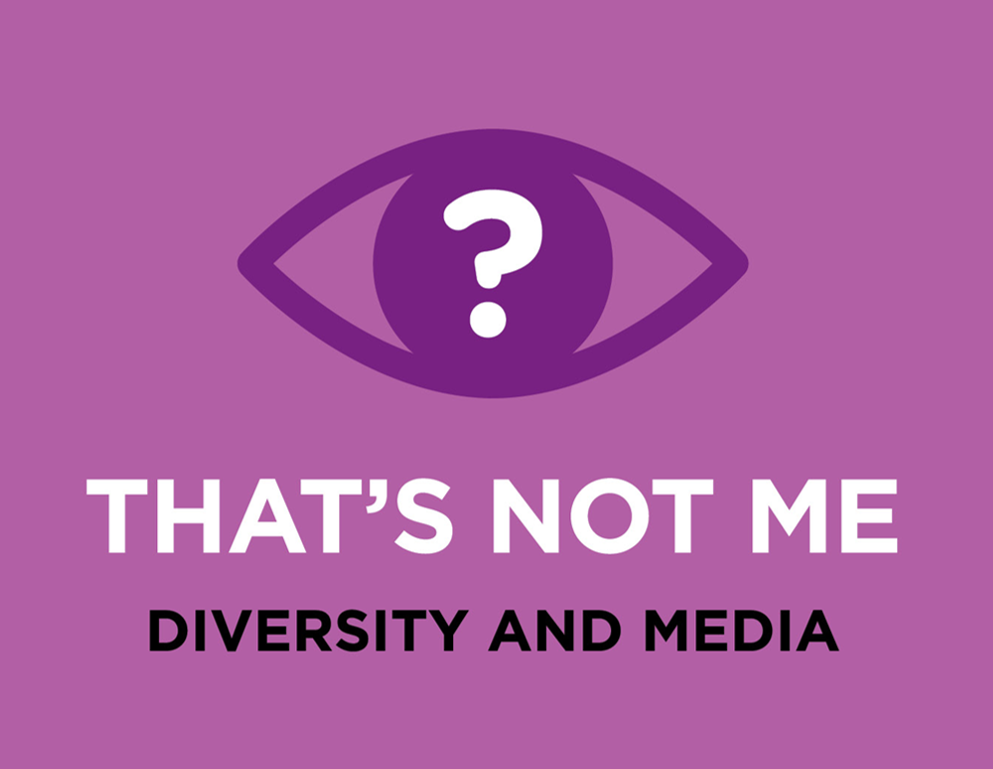That's Not Me: Portal Page

Professional Development
That's Not Me Tutorial
The That’s Not Me tutorial focuses on the role that mainstream media play in shaping our perceptions about diversity. The tutorial explores what we see – and what we don’t see – on TV and in newspapers, video games, movies, the internet and other media. The tutorial looks at common trends in media portrayals of diversity and examines the reasons behind these trends; explores some of the factors behind media bias when covering diversity issues; and talks about the importance of media education to talking about diversity issues and empowering young people to take action.
Background Articles
Media Portrayals of Indigenous People
Media Portrayals of Racial and Cultural Diversity
Media Portrayals of 2SLGBTQ+ Representation
Media Portrayals of Persons with Disabilities
Media Portrayals of Religion
Lesson Plans
Bias and Crime in Media (Grades 7-12)
In this lesson, students consider how representations of crime in news and entertainment media may influence how we perceive members of particular groups.
Bias in News Sources (Grades 9-12)
In this lesson students consider the meaning of the words “bias” and “prejudice” and consider how bias may be perpetuated through the language and words that frame news reporting.
The Citizen Reporter (Grades 9-12)
In this lesson, students consider how the traditionally "white" makeup of Canadian journalism might affect the content of Canadian news. They discuss the effects of the increasing ability of ordinary citizens to cover, broadcast and comment on news and compare mainstream news sources and citizen journalism in terms of accuracy, completeness and diversity representation.
Diversity and Media Ownership (Grades 9-12)
In this lesson, students consider the importance of media ownership; the relative roles of minority-focused and mainstream media in reflecting and promoting Canadian multiculturalism; and changes in minority participation and representation in Canadian media.
Miscast and Seldom Seen (Grades 9-12)
In this lesson students consider how well their favourite TV shows, movies and video games reflect the diversity of Canadian society. Students learn how the constructed nature of media products "re-presents" people, ideas and events from a particular viewpoint, and explore the possible consequences of under-representation and inaccurate portrayals of diversity.
Who’s Telling My Story (Grades 9-12)
In this lesson students learn about the history of blackface and other examples of majority-group actors playing minority-group characters.
First Person (Grades 9-12)
In this lesson students consider diversity representation in video games by identifying examples of diversity in the games they play and then comparing their findings to diversity statistics from Canada.
